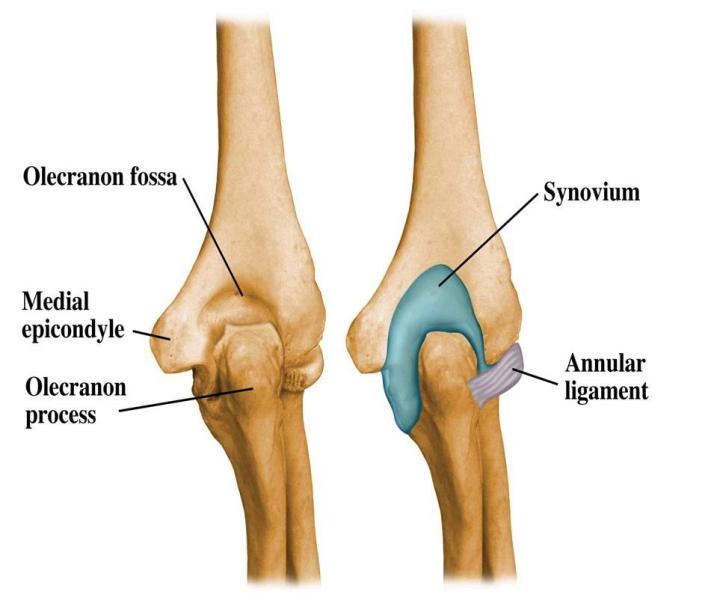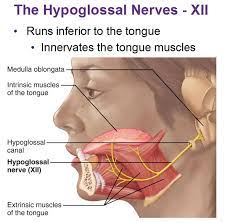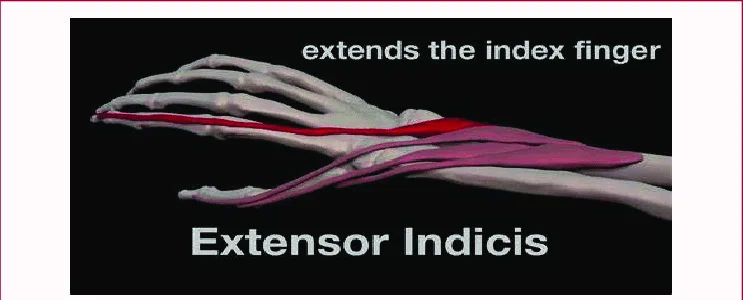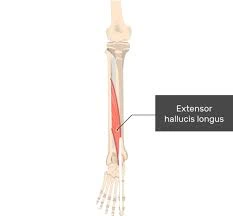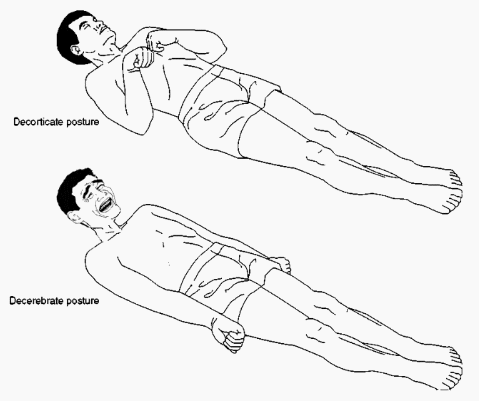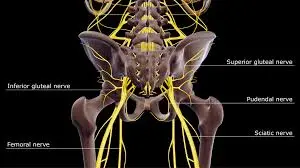How Many Muscles Are There In Human Body
Muscles are soft tissues. Many elastic fibers make up your muscles. You have 600+ muscles in your body. Different types of muscles have different tasks. Certain muscles help you run, jump or perform delicate tasks like threading a needle. Other muscles allow you to digest food or breathe. Your heart is a hard-working muscle that beats continuously thousands of times a day.
Many injuries, diseases, and disorders can affect the functioning of muscles. These conditions might cause muscle spasms, muscle pain, or muscle weakness. More severe disorders can lead to paralysis. Cardiomyopathy and other types of heart disease make it difficult for the heart to pump blood through the body.
A healthy lifestyle helps your muscles work as they should. You can keep your muscles strong by maintaining a healthy weight, eating a balanced diet, and getting enough exercise. Be sure to see your provider regularly to screen for diseases and conditions that may lead to muscle problems.
Table of Contents
Types: Muscles
You control some muscles voluntarily using your nervous system (your body’s command center). You move them by thinking about their movement.
Other muscles work involuntarily which means that you can not control them. They do their work automatically. To work they take cues from other body systems such as your cardiovascular system or digestive system.
There are 3 types of muscle tissue in the body that are given below:
- Smooth: These muscles line the insides of organs such as the bladder, intestines, and stomach. Smooth muscle plays an important role in many body systems, including the female reproductive system, the male reproductive system, the urinary system, and the respiratory system. These types of muscle work without you having to think about them. They do basic jobs like moving waste through your intestines and helping your lungs expand when you breathe.
- Skeletal: As part of the musculoskeletal system, these muscles work together with your bones, tendons, and ligaments. Tendons are attached with skeletal muscles to bones throughout the body. Together, they support your body weight and help you move. You control these voluntary muscles. Some muscle fibers contract quickly and use short bursts of energy (fast muscle twitches). Others move slowly, like your back muscles, which help with posture.
- Cardiac: These muscles line the walls of the heart. They help your heart pump blood through your cardiovascular system. You are not in control of your heart muscles. Your heart tells them when to pull back.
What do muscles do?
Muscles play a role in almost every system and function of the body. Different types of muscles help:
- Breathing, talking, and swallowing.
- Pushing the baby through the birth canal as the muscles in the uterus contract and relax.
- See and hear.
- Digest food and get rid of waste.
- Move around, sit still, and stand up straight.
- Pumping of blood through the blood vessels and heart.
What do the muscles look like?
All types of muscle tissue look similar. However, there are minor differences in their appearance:
- Cardiac Muscles: These striated muscles look just similar to skeletal muscles. Special cells called cardiomyocytes form the fibers in the heart muscles. Cardiomyocytes help your heartbeat.
- Skeletal Muscles: Many single fibers make up skeletal muscles. Actin and myosin are the proteins that makeup filaments. The fiber bundles form a spindle shape (long and straight with tapered ends). A membrane surrounds each spindle. Providers describe skeletal muscle as striated (striated) because of the striated pattern that the spindles create together.
- Smooth muscle: The myosin and proteins actin also make up smooth muscle fibers. In skeletal muscle, these proteins join together to form a spindle-like shape. In smooth muscle, these proteins appear in sheets. The sheets generally give this muscle tissue a smooth appearance.
You have mostly all sizes of muscles in your body. The largest muscle is the gluteus Maximus. The smallest muscle is the stapedius, which is deep inside your ear. This small muscle helps you hear by controlling the vibrations and movement of the small bones in your ear.
Conditions and Disorders: Muscles
A wide variety of disorders, diseases, medications, and injuries can cause problems with muscle function. They contain:
- Cancer and other diseases: Several types of cancer (such as sarcoma) and other diseases can lead to muscle problems. These include neuromuscular diseases such as amyotrophic lateral sclerosis (ALS), autoimmune disorders such as myasthenia gravis (MG), and many types of myopathies (muscle diseases). A disease known as polymyositis causes inflammation in the muscles, leading to muscle weakness.
- Infections: Viral infections and bacteria might damage muscle fibers. These infections include malaria, Lyme disease, and Rocky Mountain spotted fever.
- Injury: Many different injuries can cause a muscle to tear or overstretch (muscle strain). Back strains are a very common injury. Accidents, trauma, and overuse injuries can cause muscle cramps or spasms. In severe cases, these injuries might also lead to paralysis.
- Genetic disorders: Muscular dystrophy is an inherited disorder mostly passed down through families. There are 30+ types of muscular dystrophy. The disorder causes permanent muscle weakness.
- Cardiovascular disease: Several types of venous disease and cardiovascular disease, including coronary artery disease, can cause problems with the heart and blood vessels. A heart attack can occur when the muscles in the blood vessels weaken.
- Chronic pain disorders: Fibromyalgia and other disorders cause chronic muscle pain throughout the body.
- Medications: Some medications, such as chemotherapy drugs, can cause muscle pain. Muscle pain can also result from medications that treat high blood pressure. Some people develop muscle weakness after a severe allergic reaction to a drug or toxic substance.
Muscles after Exercise
Many people have sore muscles after exercise. The pain is caused by tiny tears (microtears) that occur when you strain the muscle. Muscle soreness usually occurs a day or two after intense exercise. That’s why providers call the condition delayed onset muscle soreness (DOMS).
As the muscles repair and the tiny tears heal themselves the muscle tissue becomes inflamed. Within a few days, your muscles will recover and the inflammation will go away. With continued exercise, muscle tissue is torn and rebuilt again and again. This process causes the muscles to enlarge.
Symptoms of Conditions Affecting the Muscles
Some of the most common symptoms of muscle problems include:
- Shortness of breath, difficulty swallowing, or other breathing problems.
- Vision problems or droopy eyelids.
- Muscle weakness, loss of mobility, or paralysis.
- Tingling or numbness.
- Problems with movement and balance.
- Muscle pain, cramps, or twitching.
- Many of these symptoms do not necessarily mean that something is wrong. Muscle pain or weakness often improves with rest and hydration. If any of these symptoms appear suddenly, consult your provider immediately. Sudden muscle weakness or pain can be symptoms of a serious medical condition.
Prevention: Muscles
To keep your muscles healthy, you should mostly focus on staying healthy overall by following:
- Get plenty of exercises: Staying active can keep all your muscles strong, including your heart. Try combining cardiovascular activity and strength training. Talk to your provider about an exercise program that’s right for you. To avoid injury, remember to warm up properly before exercising. You are less likely to injure muscles that are warm.
- Rest when needed: Give your muscles time to recover from exercise. You should also rest if you feel sore after a hard workout. Giving your muscles time to repair and recover will help you avoid injury.
- Schedule regular checkups: Visit your provider regularly. Get checked for diseases that put you at a higher risk of muscle problems. Staying on top of your health allows your provider to catch problems early. Then the treatment is more effective.
- Eat right and make smart choices: Make sure you eat a balanced diet to keep your muscles strong. Avoid trans fats and sodium which may lead to heart disease.
- Maintain a healthy weight: Carrying extra pounds can cause injury. It is going to increases the risk of health problems like high blood pressure. Talk to your provider about the best weight for your body and lifestyle. If you are overweight, ask your provider about a weight management plan.


